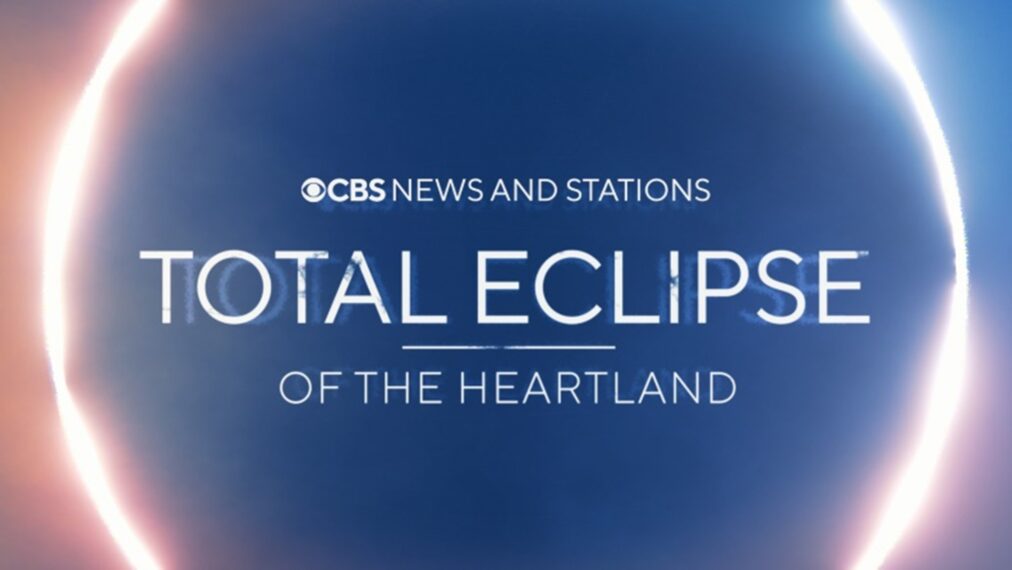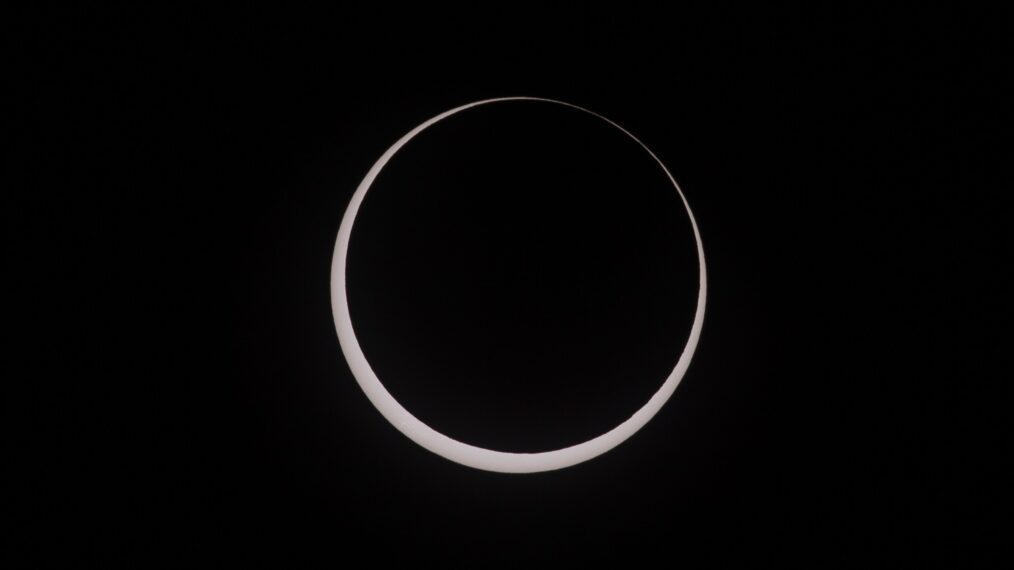A total solar eclipse is set to cross North America, passing over Mexico, the United States, and Canada on Monday, April 8, 2024.
The last time residents in the United States witnessed a total solar eclipse was on August 21, 2017, and this will be the last one visible in the States until 2044, making it a sight to behold. While North America as a whole will be able to view the eclipse, only certain areas will experience a total solar eclipse where the moon passes between the sun and Earth.
Even if you aren’t in the path of totality, there are plenty of ways to catch the ultimate view over television and streaming so you don’t miss a single second. Below, we’re breaking down some of the ways you can catch the astronomical event onscreen.
PBS
NOVA will hold a live stream over YouTube where viewers can tune in to see the eclipse unfold as well as enjoy an interview with NASA scientists at the Kerrville Eclipse Festival in Texas.
NASA
NASA will also host its own livestream on their website, here. By tuning in, you can enjoy live feeds of the total solar eclipse across the path, as well as the sounding rockets launching during the event.
CBS
From 2 to 3:30 p.m. ET, viewers can tune into CBS for its special programming Total Eclipse of the Heartland, in which CBS News and Stations will provide collaborative multiplatform coverage of the event. The coverage will also feature appearances from Bill Nye, astronomer Lucianne Walkowicz, and CBS News space consultant Bill Harwood. Additionally, William Shatner is expected to make a special appearance you won’t want to miss.

CBS
NBC
From 2 to 4 p.m. ET, viewers can tune into NBC for the special presentation of NBC News Special: Solar Eclipse 2024.
ABC, ABC News, Nat Geo, Nat Geo WILD, Disney+ & Hulu
Eclipse Across America will broadcast live on ABC, ABC News, National Geographic Channel, and Nat Geo Wild beginning at 2 p.m. ET and will be available for streaming on various platforms including Hulu and Disney+.
Other Options
CNN will have a live broadcast of the eclipse and you can catch local station coverage through providers like Direct TV, or streaming on Sling TV, and Fubo.
Ultimately, the options are limitless. Just make sure to put on the proper eye protection if you choose to take a peek for yourself outdoors.
Read the original article here
